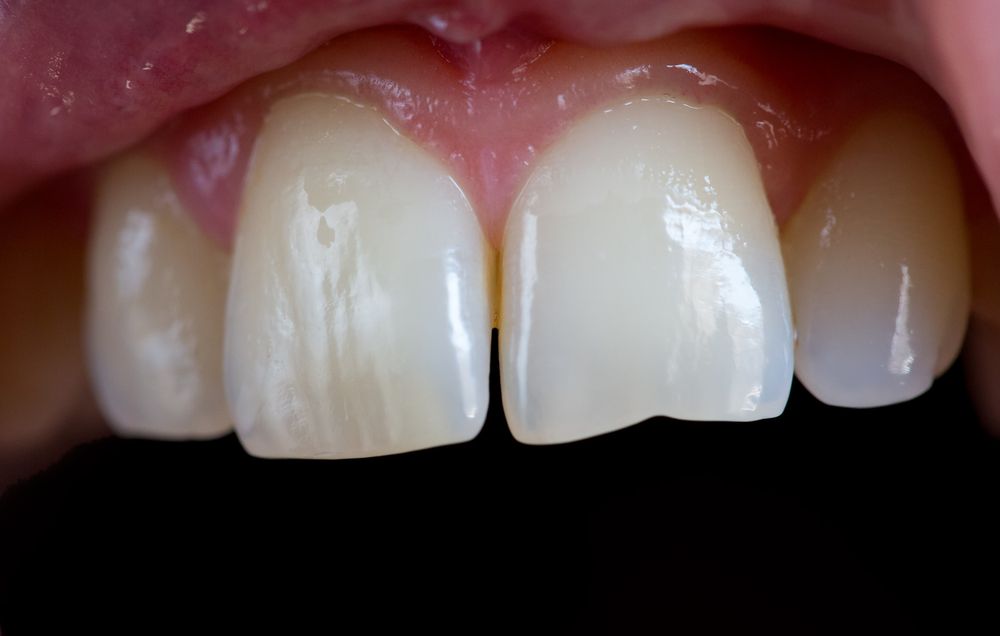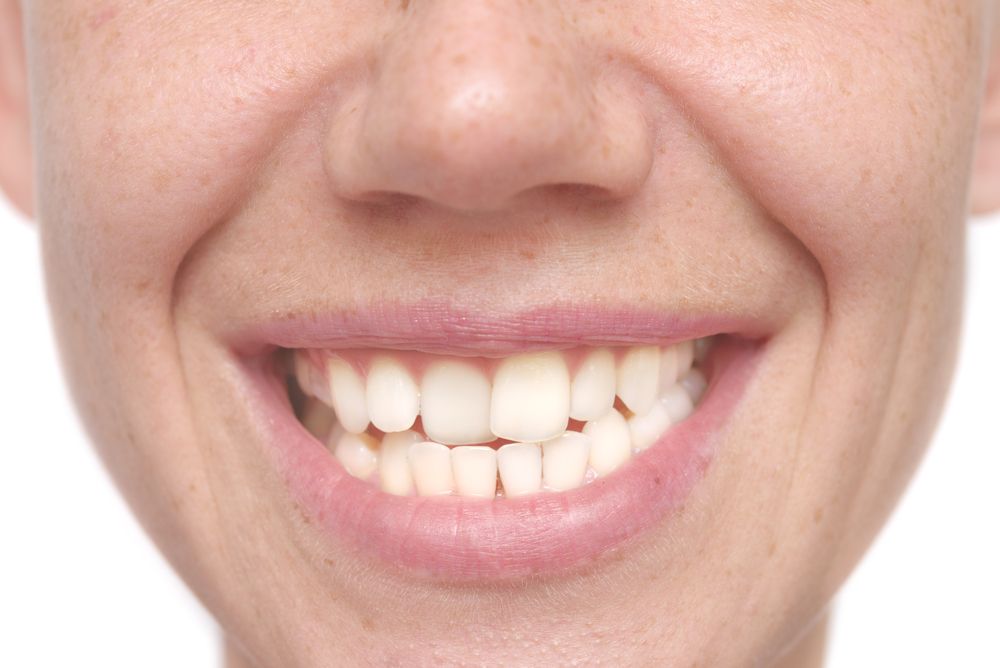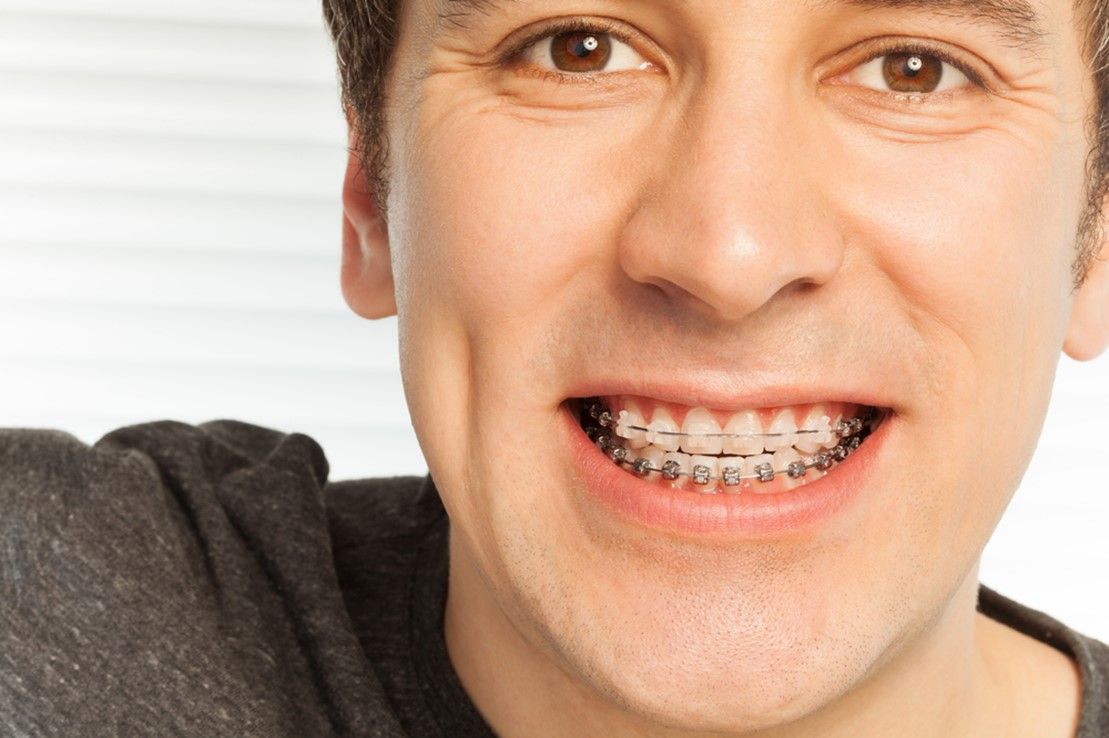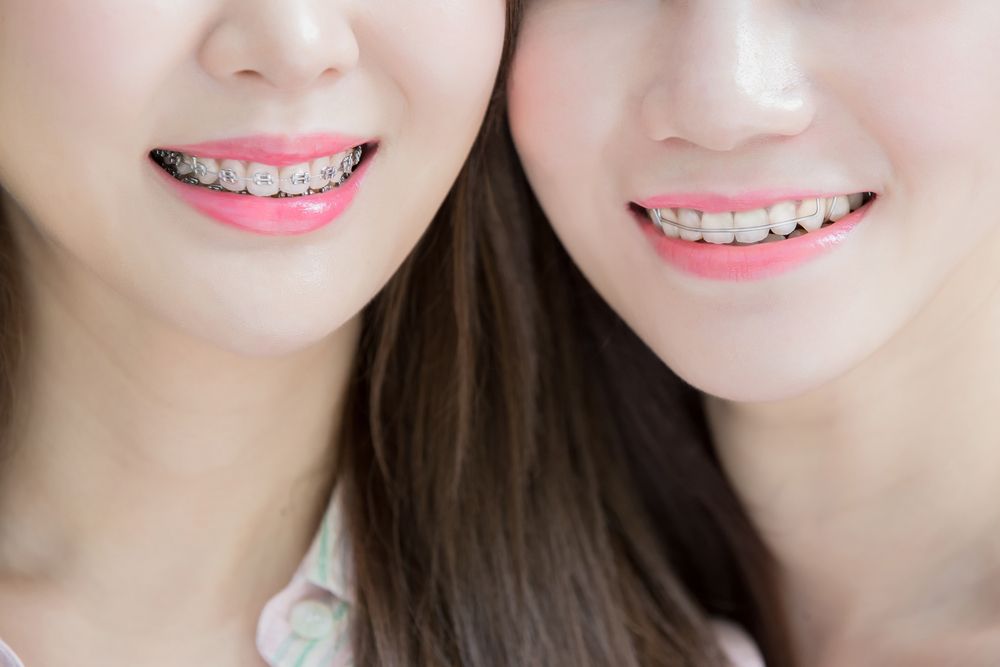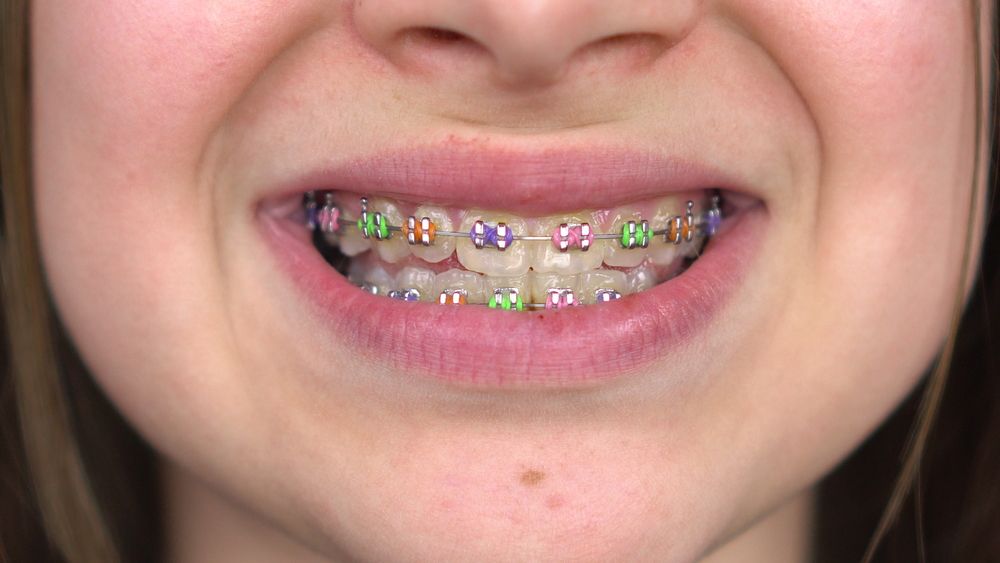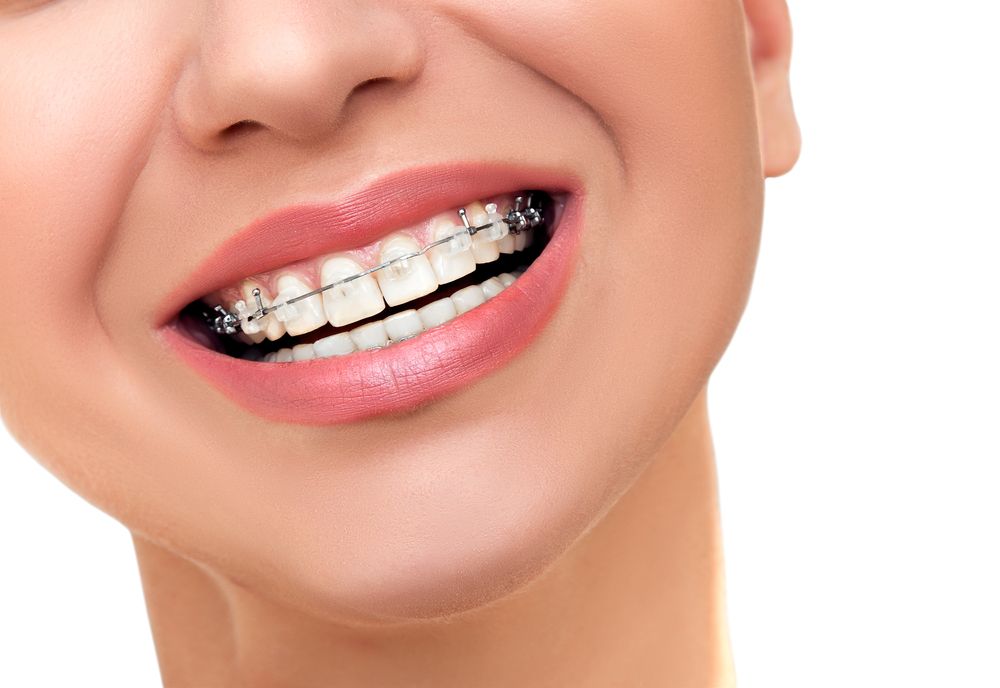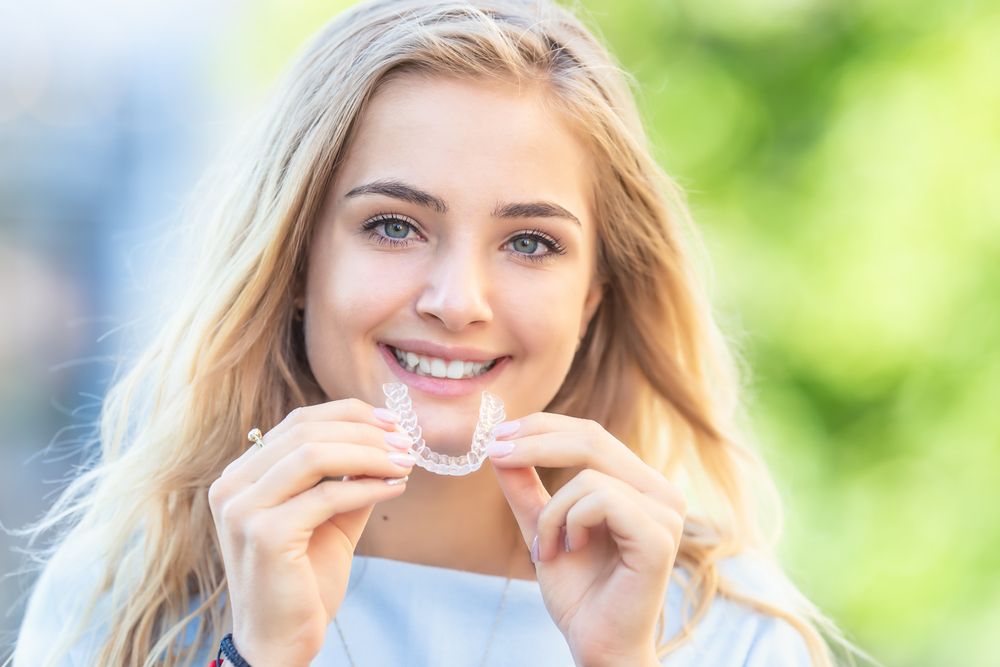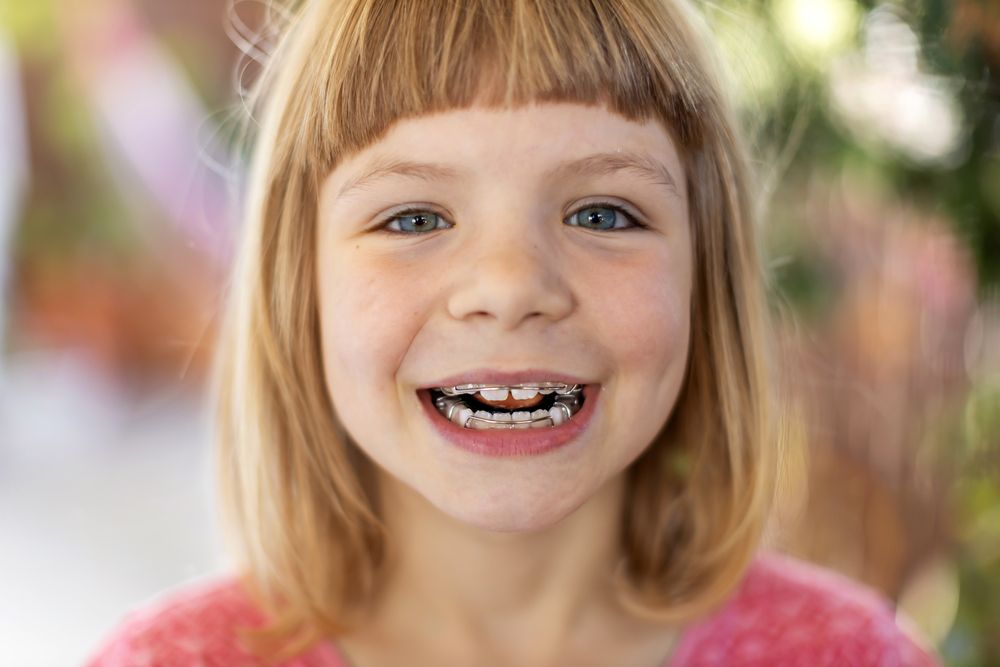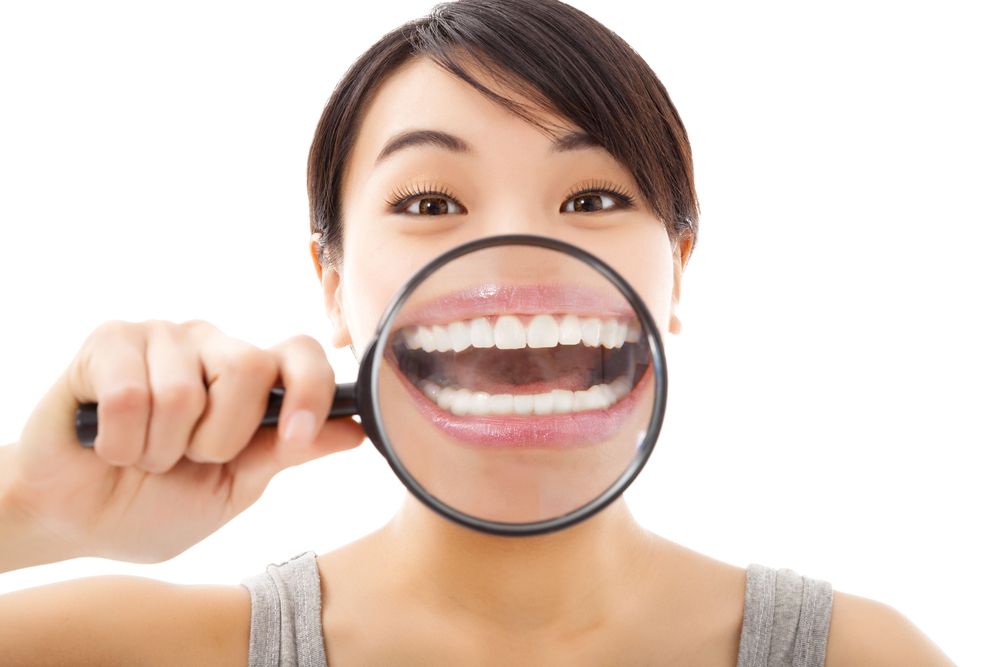FAQs: Straightening Uneven Teeth with Braces or Invisalign
Crooked or uneven teeth may make you want to hide your smile, which has emotional repercussions. In contrast, straight, uniform, symmetrical teeth contribute to an attractive smile–one you’ll want to share.
When you smile, your body releases neuropeptides that reduce stress. The process continues with the release of serotonin, a natural antidepressant, and endorphins, which are natural pain relievers. If you feel good about your smile, you’ll smile often; if you smile often, you’ll feel happier. It’s a beautiful cycle that begins with your mouth.
In today’s blog, we’ll review some frequently asked questions about straightening uneven teeth with traditional or clear braces, or with Invisalign clear aligners.
How many people have crooked, uneven teeth?
According to research, 56% of humans worldwide have malocclusion, which is the improper relationship between how upper and lower teeth fit together when the mouth is shut. In the USA, this statistic is 53%. Scientific American reports that nine out of ten people have at least some dental misalignment, regardless of occlusion. So, if your teeth look crooked or uneven, you’re certainly not alone. You’re not even in the minority.
What health problems can uneven teeth cause?
- Ineffective brushing and flossing, which leads to gum disease and cavities
- TMJ disorder – headaches, jaw pain, tingling extremities, clicking jaw joints
- Bruxism (clenching and grinding teeth), which causes tooth wear and breakage
- Digestive issues
- Speech problems
- Breathing issues
How long does it take for braces or Invisalign to straighten uneven teeth?
Every case is different, but generally, Invisalign takes up to 18 months to straighten teeth and correct occlusion, and traditional braces take up to two years to produce the same results.
What causes misaligned teeth?
The root cause of dental misalignments stems from a number of potential issues, including but not limited to:
- Genetics
- Injury
- Jaw size and shape
- Palate underdevelopment
- Tooth loss and drifting
- Eruption of wisdom teeth
- Mouth breathing
- Tongue thrusting
- Thumb/pacifier sucking
- Poor nutrition
Can uneven teeth cause jaw pain and headaches?
Yes. If uneven teeth contribute to malocclusion, your jaw joints (TMJs) will not find a comfortable resting position. To hold the mandible in a non-restful position all day and all night, day after day, jaw muscles and nerves become overworked. This can lead to clenching and grinding teeth, which usually occur when a person is asleep. Grinding teeth leads to tooth wear, further harming occlusion, so a cycle of destruction begins.
Improperly seated or irritated jaw joints is a condition known as TMJ disorder. Symptoms include jaw, head, and neck pain, as well as migraines.
Braces or Invisalign can balance occlusion and relieve TMJ pain. As a result, clenching and grinding also stops. If molars are worn down or otherwise damaged from teeth grinding, restoring them with dental crowns will help ensure occlusion is maintained long-term.
Which is best, Invisalign or braces?
To find out which type of orthodontic therapy is best suited to straighten your uneven teeth, schedule a no-cost, no-obligation consultation with Dr. Wint W. Tun at Harmony Orthodontics in Tomball, TX. After reviewing fresh X-rays and conducting an oral health exam, the orthodontist will talk with you about treatment options. Some cases are better suited for Invisalign than others, but regardless of which treatment is best for you, rest assured that your teeth can be straightened.
Dr. Wint treats patients as young as age six and no one is too old for braces. Call us at 832-699-3683, and we’ll bring your dream smile to life!
